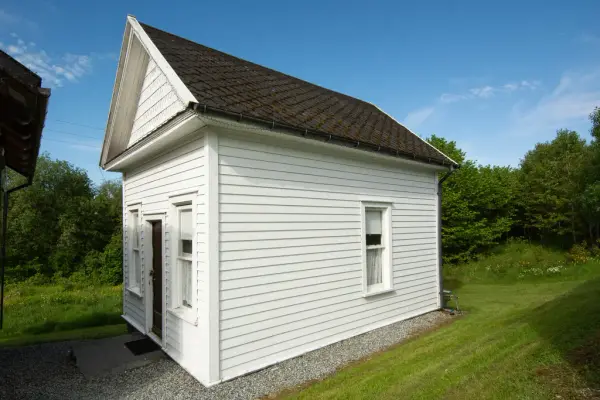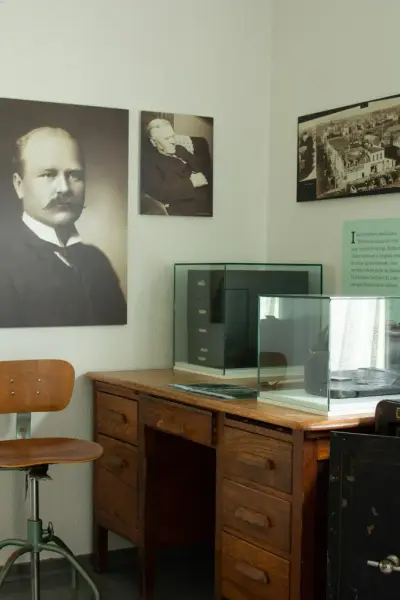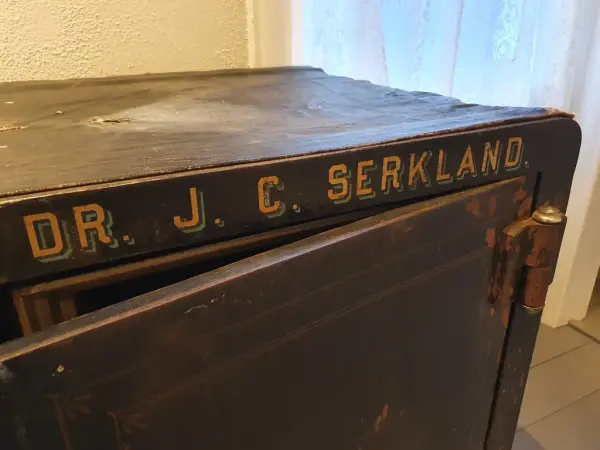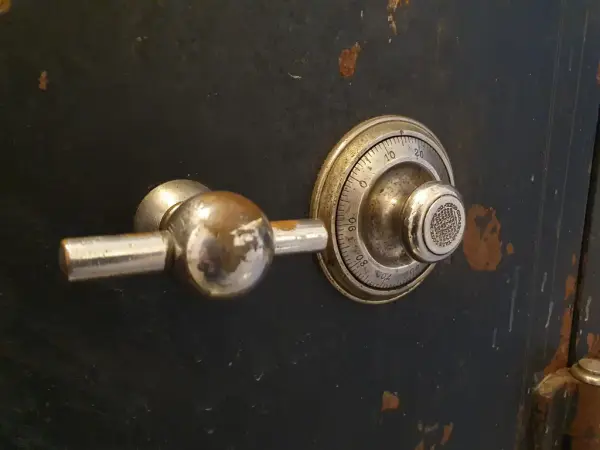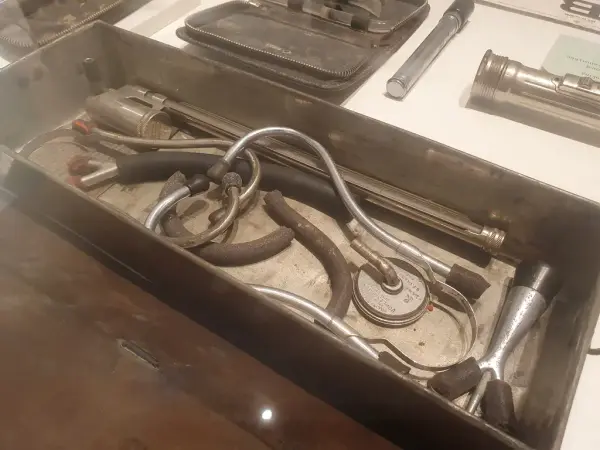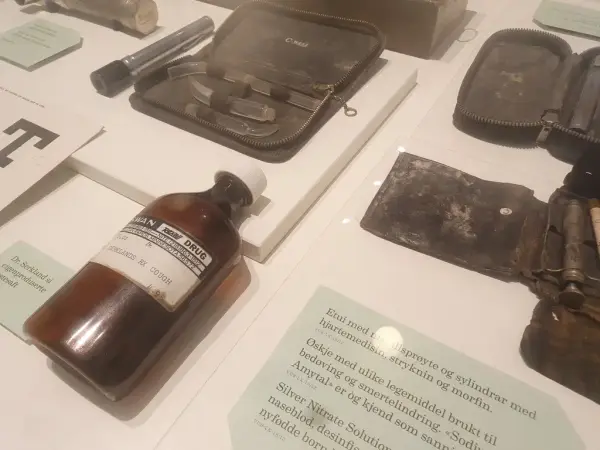-
Dr.Serklands prairie clinic from Rothsay
Dr. Serkland's clinic from the prairie town of Rothsay in western Minnesota contains the story of the harsh aspects of settler life. The house is not large, but it has a waiting room, a consultation room and a laboratory. As a lone doctor far from people, the doctor had to give people as good medical help as possible, whether it was women giving birth, children with broken legs or a patient with a bleeding stab wound after a damp evening at the Saloon.
Most of the patients who came to Dr. Serkland had a Norwegian surname, and the doctor himself, born in Siljan in Telemark, knew Norwegian before he learned English. It came in handy that the doctor could speak Norwegian, because in Rothsay the Norwegians were in majority. As many as 5 Norwegian churches have been built in and around this small town.
Although the doctor had his own clinic, he was often sent to home visits at patients who could not come to the hospital. The distances were great, and he spent hours on exhausting journeys by horse and cart or sleigh to get around to his patients. The worst time was in 1918 when the Spanish flu reached the prairie. Dr. Serkland worked around the clock during the worst times. The joy was all the greater that he did not lose a single patient to the disease.
The doctor had a good reputation as a family doctor. He was also known for making his own cough syrup that everyone used and everyone liked. Long before penicillin came along, he won a reputation for being unusually skilled with pneumonia. Dr. Serkland continued his work until his last days, and received patients right up until the last winter he lived.
The doctor's office was donated to the Vestnorsk Utvandringssenter by the descendants of Dr. Serkland, and several of them were at Sletta when the house was opened for use in 2000. They also donated parts of the inventory, including a doctor's bag with contents that the doctor used during home visits.
- 1/4
- 2/4
- 3/4
- 4/4
